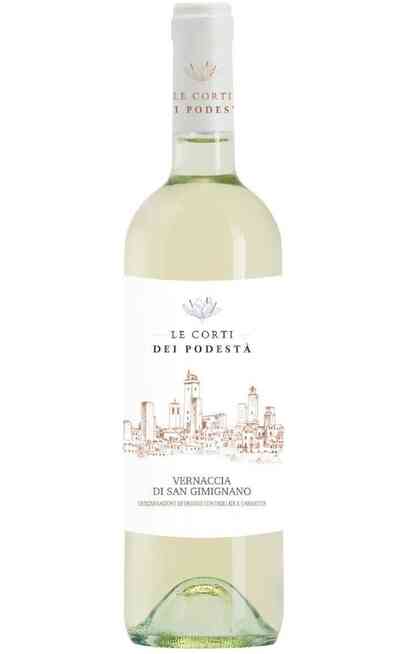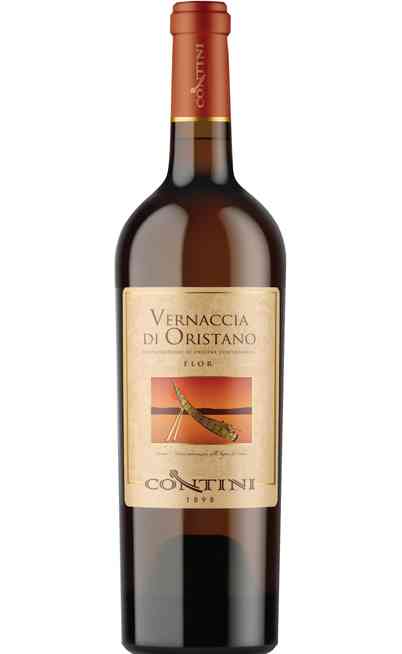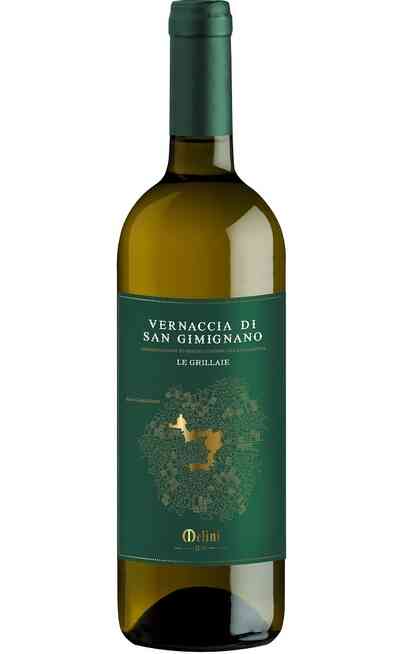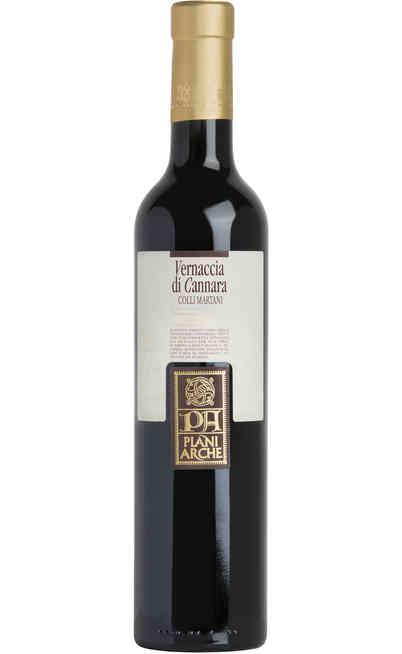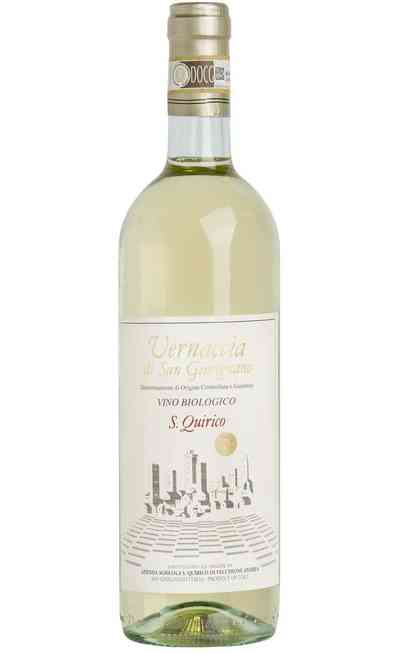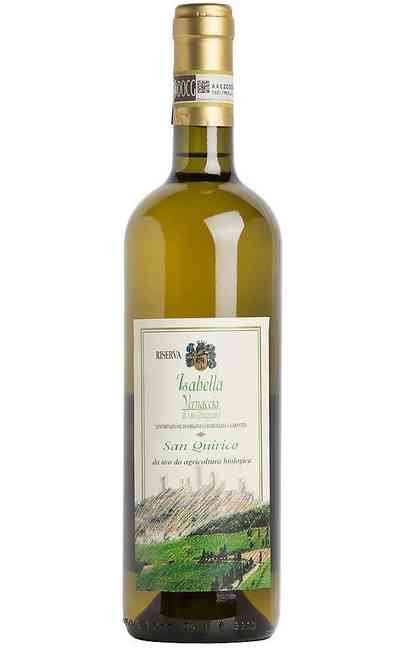
General description of the territory production of the Vernaccia di Cannara wine
Cannara is located at the South-east of Perugia and slightly at North of Foligno in the Perugia province in an hamlet of 5.000 inhabitants. Its hilly territory is rich of woodland and shrub-like vegetation which is developed on the “Martani” hills. This territory is also known for the well-known colored onion of the Martari hills that was used for both being eaten than in the antiquity also for color the fabrics. This product won in 2003 the PAT certification which is the reward of being the Agricultural and food traditional product. The history of the red wine of Cannara, the Vernaccia di Cannara obtained in the June of 2009 the important DOC certification. The elevate standard of these two products is certainly due to the characteristics of the ground that have a clay and calcareous nature which, in addition to a good climate for a good thermal excursion, it releases some important minerals that excellently feed the local cultivations.
These peculiar characteristics of the territory are ideal for the development of the Vernaccia vines that give life to one of the most particular and prestigious wine of the tradition of Umbria and Italy.
The production geographical area and the ground features are extremely important for this vine and this is the reason for being reported in the art. 2 of the DOC technical policy of production. It permits the addition of the name Cannara near Verdaccia if the vines are produced in the Cannara town in an area located at the north of the county road 403 which connects Bettona with Bevagna.
The grapes used for the production of this wine
The Vernaccia vine is native and thick and locally it could also be called Cornetta because of the shape of its berries that when they don’t achieve the complete maturation (in August) they assumed an horny shape. Then at the end of September and the beginning of October, when the maturation is really completed the berry tends to become oval by losing the horny shape for a more swollen one. The DOC technical policy of productions of the Vernaccia di Cannara says that the harvest has to be made at the end of September until the first decade of October. It follows a resting period from two to four months, depending of the temperature and humidity of the outside, on wooden trellis and then is regularly produced. This red raisin wine from Umbria is made at low temperatures (Vernaccia reminds the name of the season “In-Verno” which means winter) for 30 days after three months of maturation. Some wines produced with this vine used as 100% single variety are: Vernaccia di Serrapetrona spumante, Vernaccia di Oristano, Vernaccia di San Gimignano. These wines are produced all around Italy and they have the DOCG certification. Other wines produced in the same territory are: the Assisi produced in 9 different typologies, the wine of the Colli Altotiberini produced in three varieties, the wine Colli del Trasimeno with more than 10 typologies of making, Colli della Sabina, Colli Martani within the Vernaccia di Cannara and the Rosso di Montefalco, the wine of the Colli Perugini and finally the Pinot di Torgiano and the Rosso Orvietano which is produced in the Terni province.
Analysis of the Vernaccia di Cannara wine
The vernaccia di Cannara DOC is a raisin one that can achieve from 13° to 14° alcoholic degrees.
The wine making process has to take place at low temperatures for 30 days and the over maturation of the grapes has to last at least 3 months.
Aesthetically the Vernaccia di Cannara
It has an intense and opaque ruby red color.
The scent of the Vernaccia di Cannara
It smells like the ground where it was cultivated. It has mineral, olives and blueberries scents but also wild fennel, chestnut and brush flavors.
The taste of the Vernaccia di Cannara wine
It is rich and sapid. With tannins flavors very marked but never exaggerated. With a great structure and personality.
Suggested matches with the Vernaccia di Cannara
Even if this wine would suggest a dessert match, it is particularly good to be joined to cheese more or less aged, even soft, to be tasted with jams or with honey. Also with desserts its taste is exalted.


